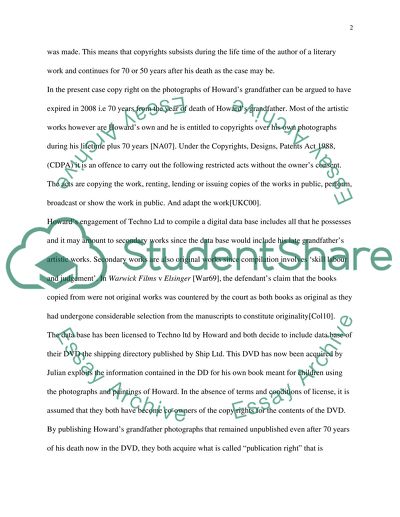Cite this document
(“Law of Intellectual Property 2 Essay Example | Topics and Well Written Essays - 2000 words”, n.d.)
Retrieved from https://studentshare.org/law/1477282-law-of-intellectual-property
Retrieved from https://studentshare.org/law/1477282-law-of-intellectual-property
(Law of Intellectual Property 2 Essay Example | Topics and Well Written Essays - 2000 Words)
https://studentshare.org/law/1477282-law-of-intellectual-property.
https://studentshare.org/law/1477282-law-of-intellectual-property.
“Law of Intellectual Property 2 Essay Example | Topics and Well Written Essays - 2000 Words”, n.d. https://studentshare.org/law/1477282-law-of-intellectual-property.


